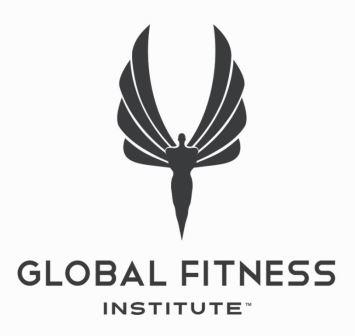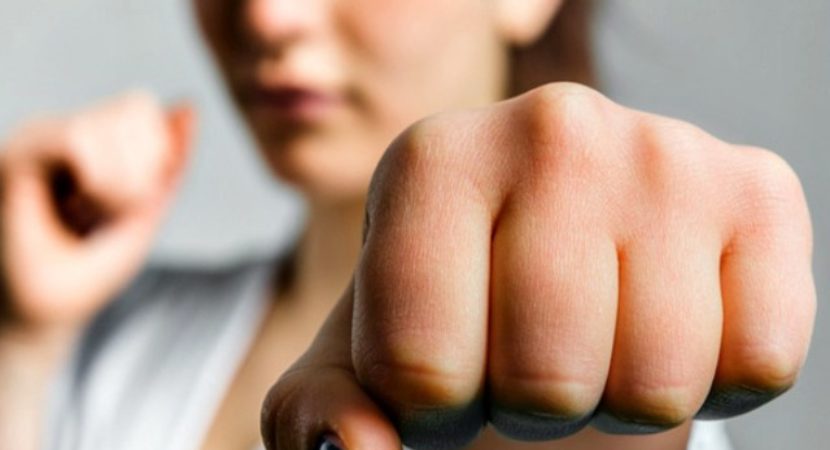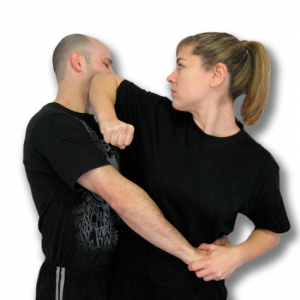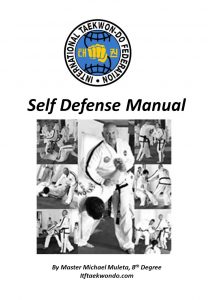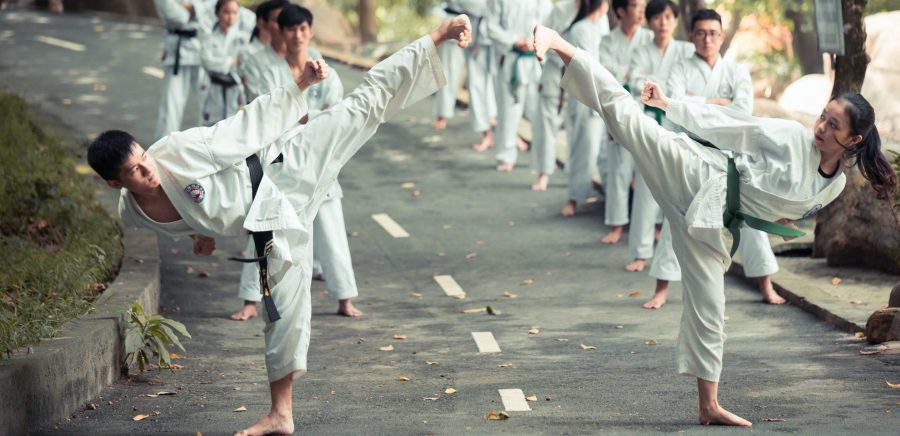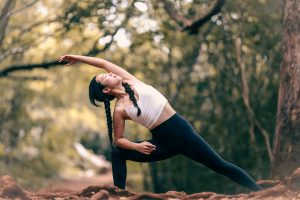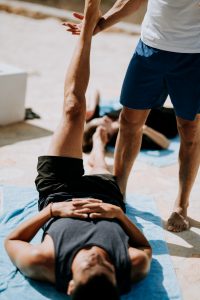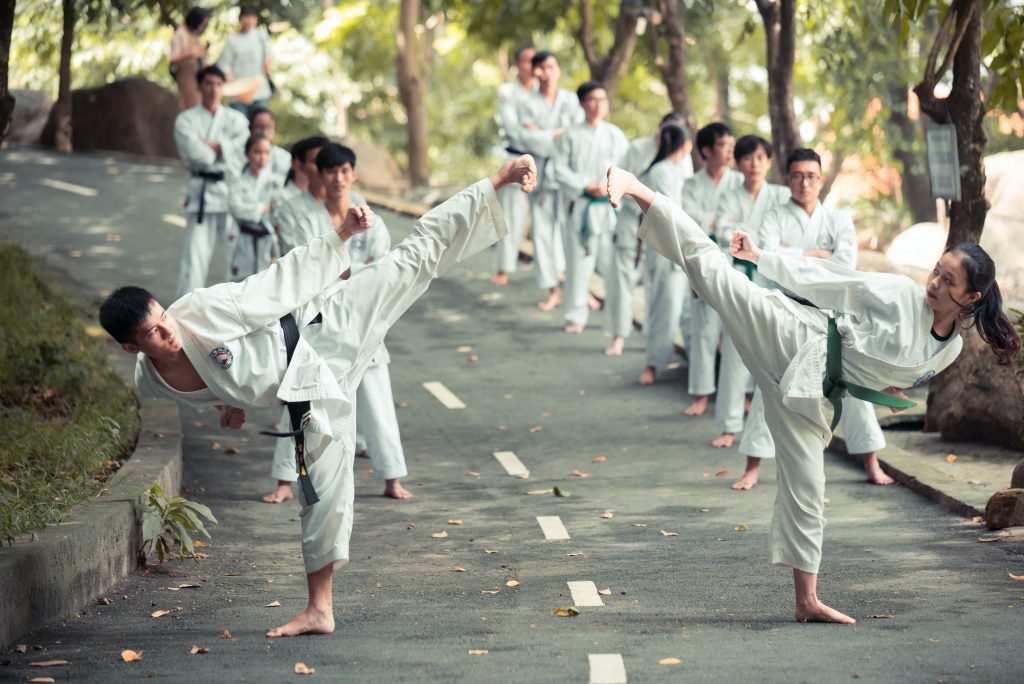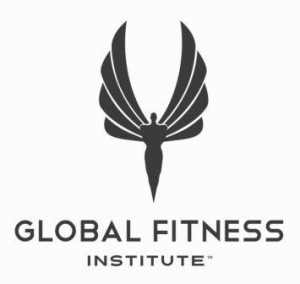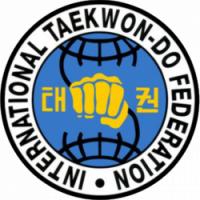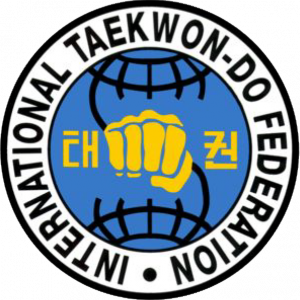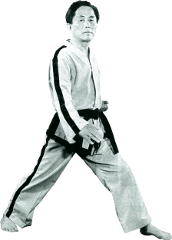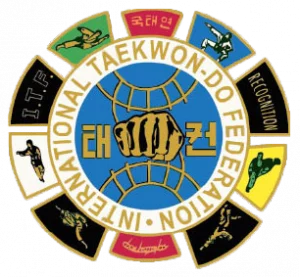Karate Seminar success with Master Muleta
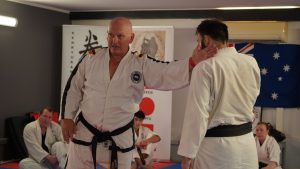
Master Michael Muleta recently ran a Seminar for the Kenryukan Karate Jutsu Dojo in Brisbane.
The seminar was organized and hosted by highly respected Australian martial artist, Shihan Nigel McReaddie.
Michael Muleta is an 8th Degree Black Belt (ITF) a master instructor, international coach and A-class referee.
The participants, made up of senior instructors from Shihan’s and Sensei’s, along with seasoned international competitors, enjoyed a ‘wheelbarrow’ full of technical tips and tricks on utilising both hand and foot technique for competition (contact) oriented sparring.
In a comprehensive high paced session, Master Muleta was able to provide value to the very experienced participants, adding to their existing knowledge and skills in sparring; feints, counters, reading your opponent, setting up, distancing, posture, balance, stability, timing, stretching, and so on.
Drawing upon his experience as a Senior Physical Education teacher, and CEO of Global Fitness Institute, Master Muleta also spent some of the time discussing physical preparation for training and sparring.
It was very much a mutually respectful ‘learning environment’ at the Kenryukan, with like-minded martial artists across multiple styles, sharing knowledge and commonality.
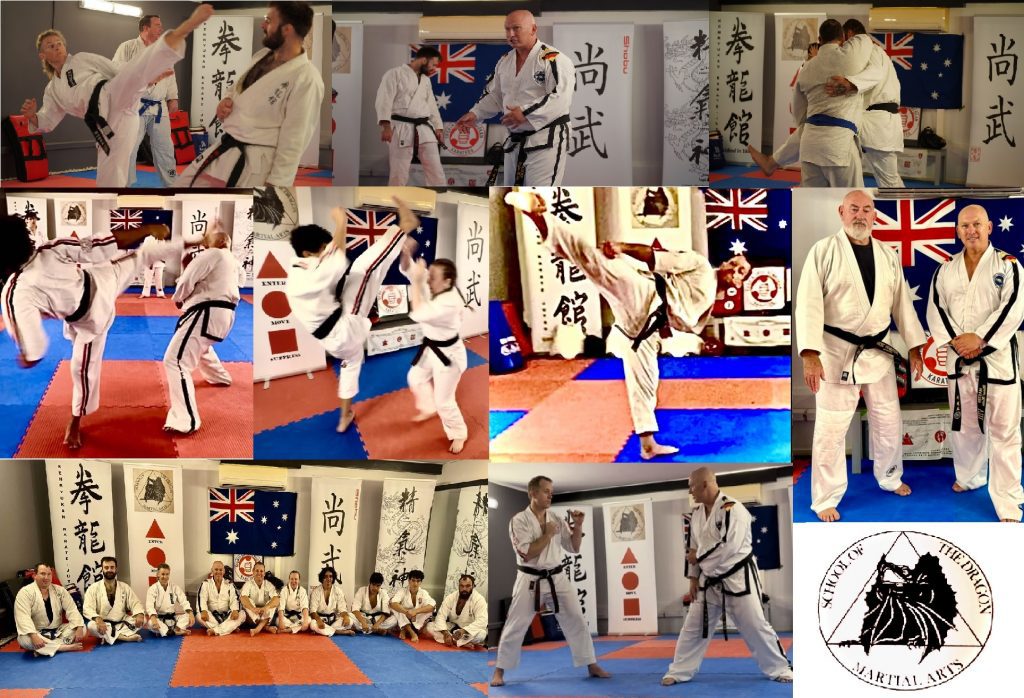
Master Michael Muleta is available to all schools and martial arts for seminars across a wide range of topics from technical training, competition training, self defense, umpiring, event organization, fitness, strength and conditioning, first aid, nutrition, sports psychology, and school promotions and management, and business.
CONTACT MASTER MULETA to discus your seminar needs.
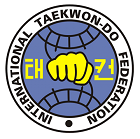
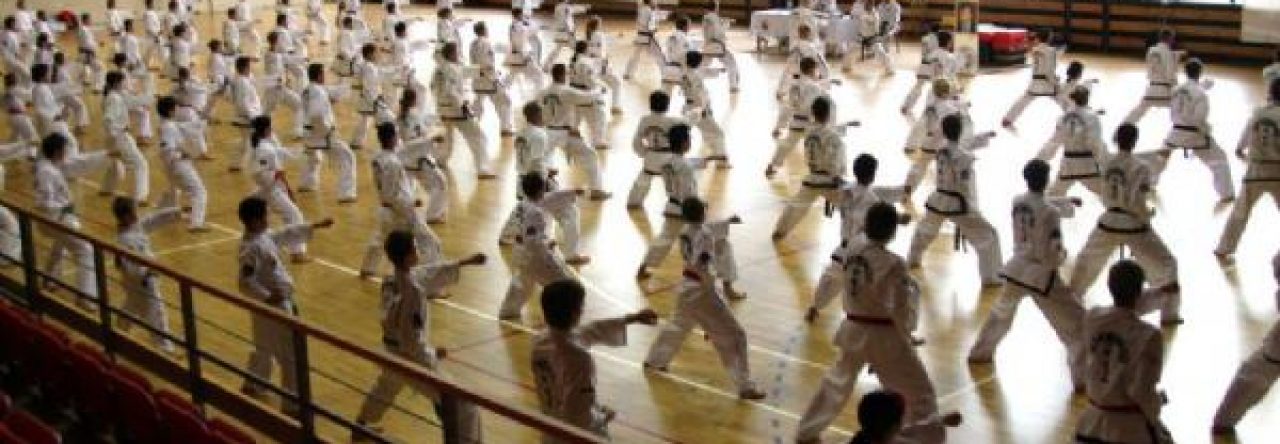
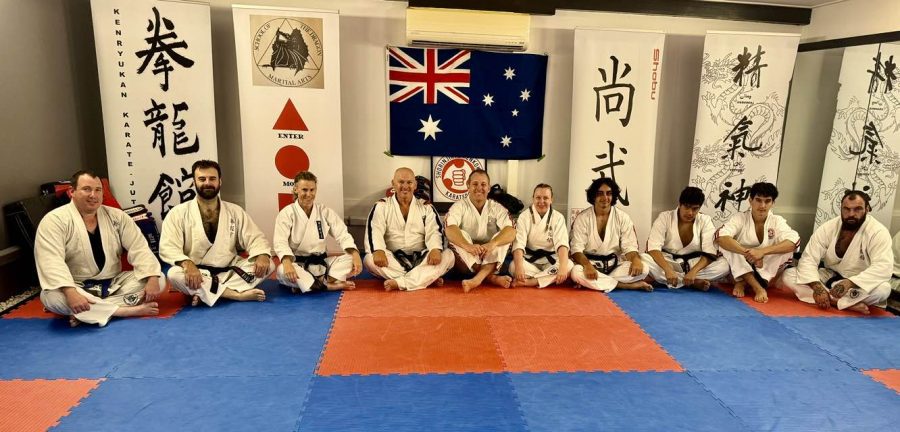
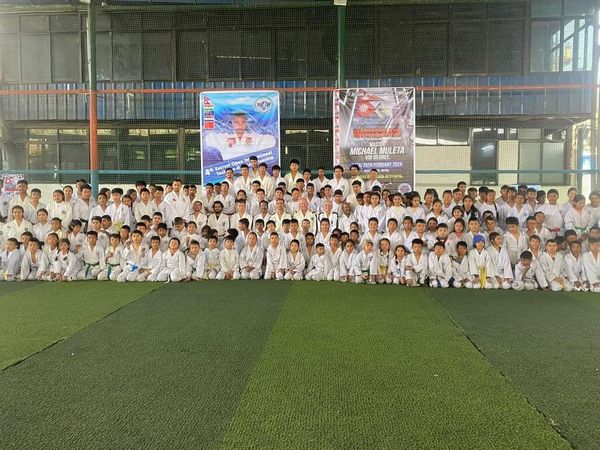
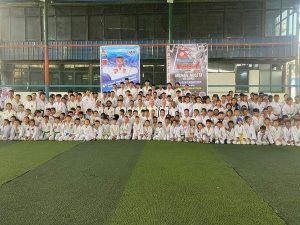
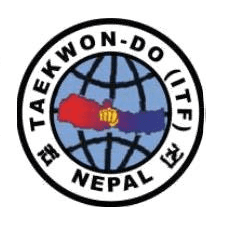
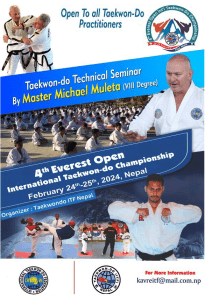
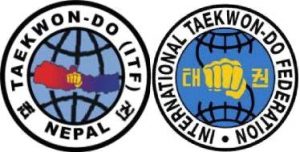
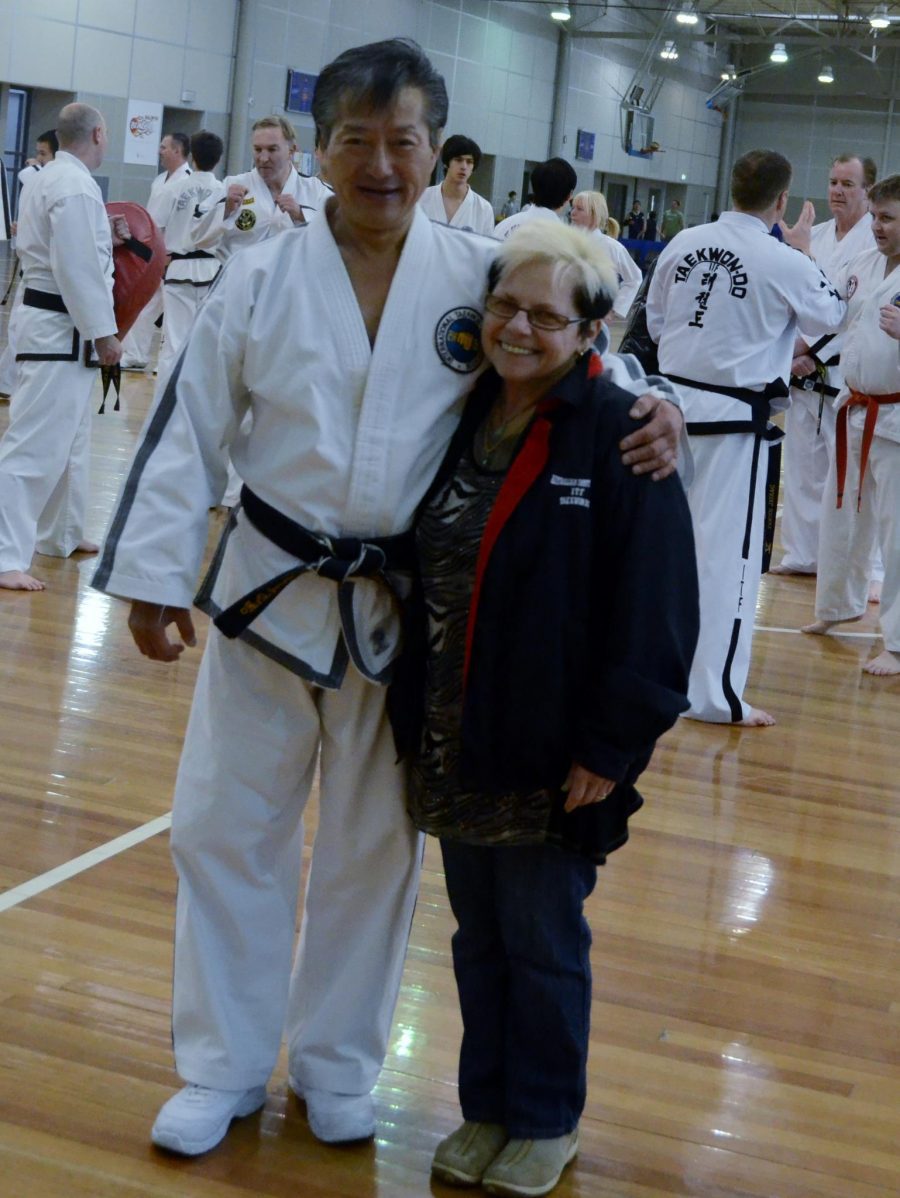
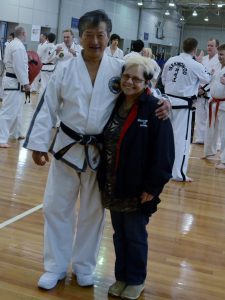
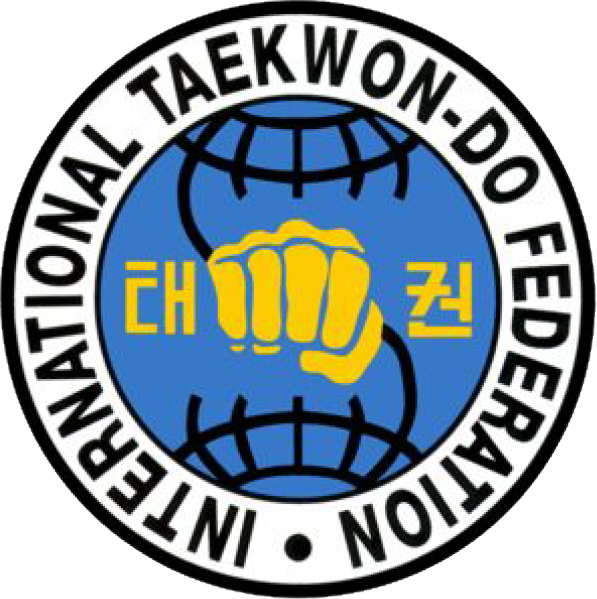
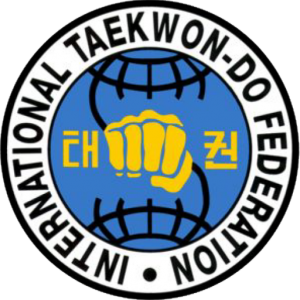
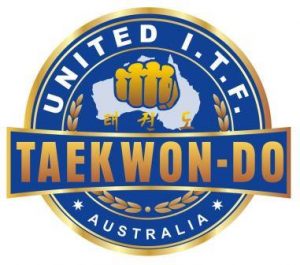
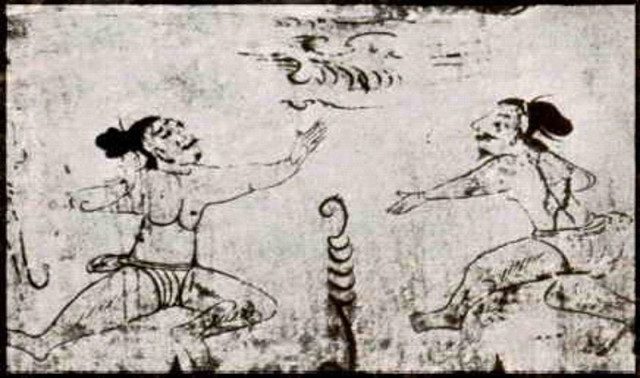
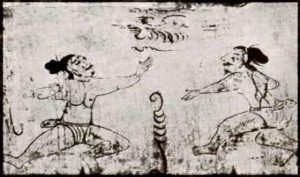
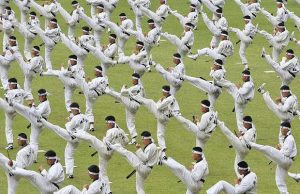
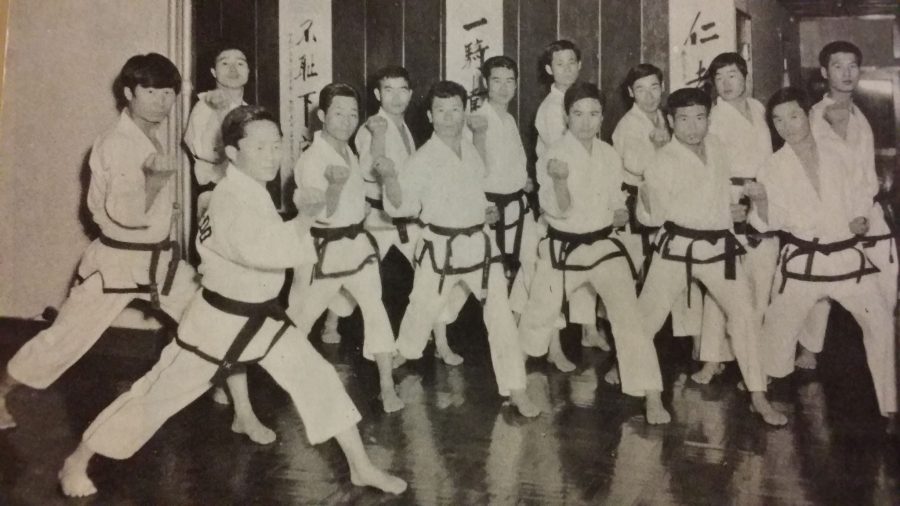
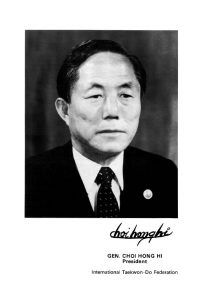
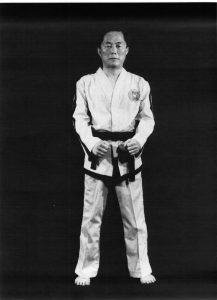

 Subscribe to our channel
Subscribe to our channel